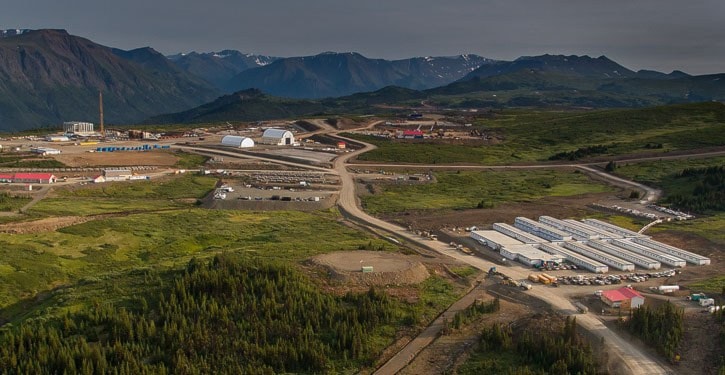B.C. Energy and Mines Minister Bill Bennett is spending this week in Alaska, his second trip this year to work out a formal agreement on mine regulation between the state and the province.
Bennett has meetings lined up with Alaska conservation groups, state legislators, commercial fishing representatives and Alaska Governor Bill Walker. With major mine projects proposed on both sides of the border and continued public concern in the wake of last year's Mount Polley tailings dam collapse near Quesnel, Bennett is hoping to have an agreement ready for Walker and Premier Christy Clark to sign later this year.
Several B.C. mine projects have opened or received permits to proceed this year in northwest B.C., where salmon-bearing river systems extend across the Alaska panhandle to the Pacific Ocean.
Two of those mines are just north of Stewart B.C. and Hyder, Alaska near the Unuk River, which flows into Tongass National Forest in Alaska. Brucejack Mine is an underground project expected to proceed with construction this year. Its tailings are to be returned to the mine shaft, reducing concern about environmental impact.
Near Brucejack is the KSM Mine, one of the largest copper and gold ore deposits in the world. It was given for a design that includes open pits and a pair of tunnels to carry ore 23 km away for processing.
Bennett plans to fly into the Taku River region, where B.C. has issued permits for the mine south of Atlin. It also plans a tailings storage site to restart mining on two ore deposits that were previously mined in the 1950s.
"We're going to meet with dozens of different interests and people, do a lot of listening, but also make sure that Alaskans become a bit more aware of how much access their government has to our processes in B.C.," Bennett said.
The Alaska government participated in the approvals for KSM and others, but many state residents aren't aware of that, he said.
Many Alaskans are aware of the situation, where recovery work continues a year after millions of tonnes of mine waste poured into Quesnel Lake. Testing of water and aquatic life continues and the water continues to meet Canadian drinking water standards.
"It's going to take years to have any long-term certainty on this, but so far it would seem that there hasn't been a negative impact on aquatic organisms that we know of today, or on humans," Bennett said.
An engineering review of all operating tailings dams at B.C. mines was ordered after the Mount Polley investigation found a glacial material layer that was undetected led to the dam failure in early August 2014.



